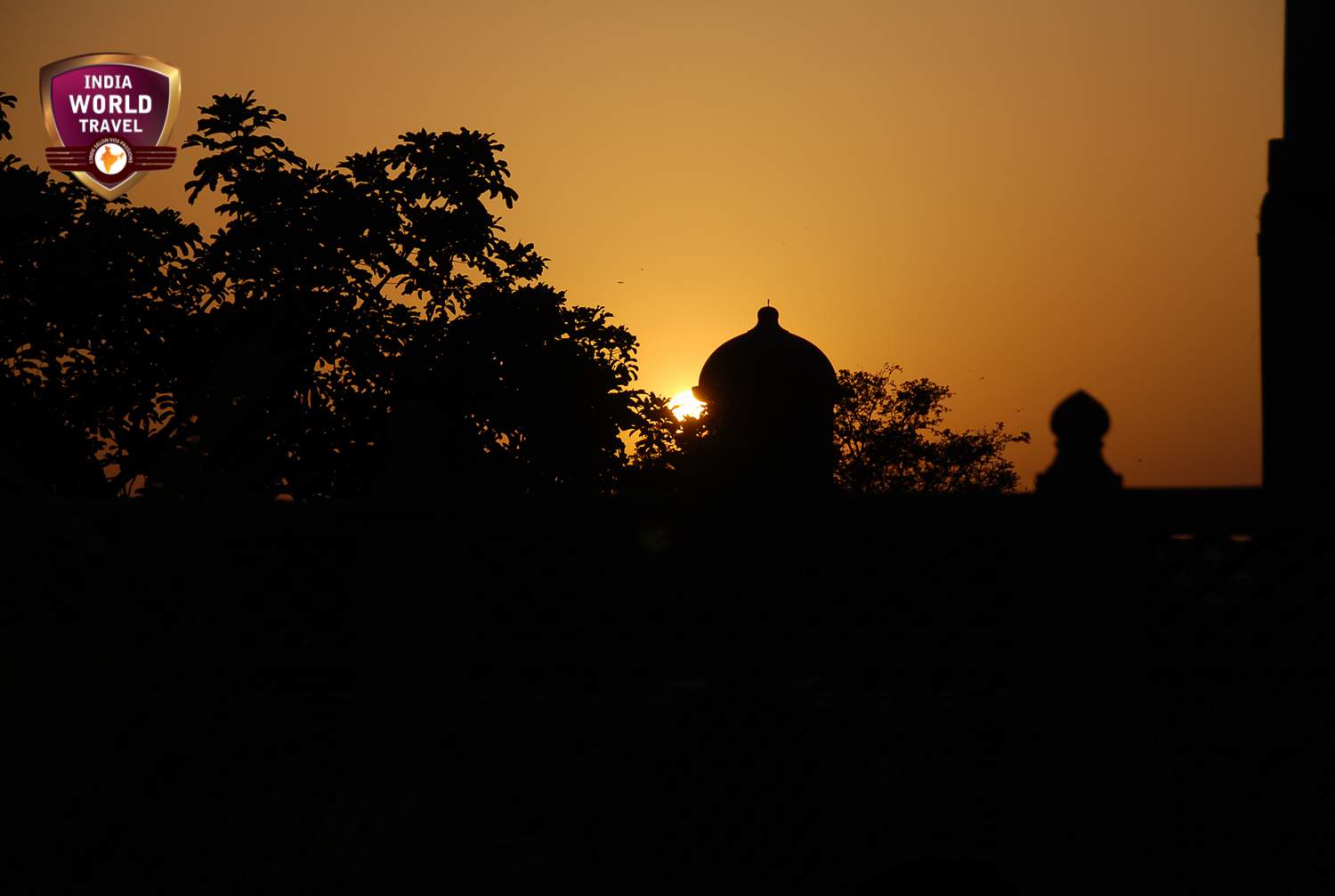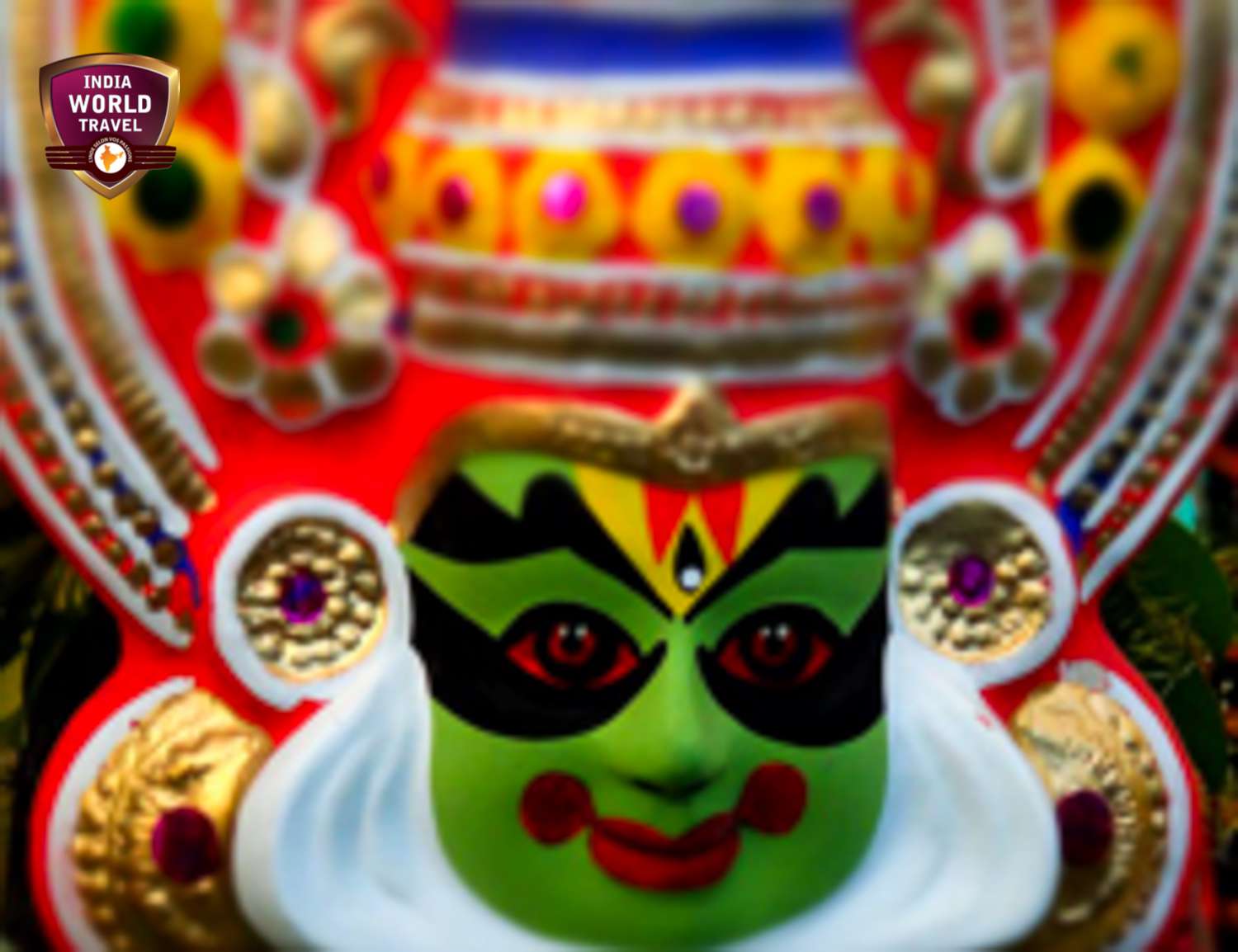Art of India – Yoga
Yoga is a path to enlightenment. The word ‘yoga’ is derived from the Sanskrit root yuj, to join, to unite, to attach.
The history of yoga in India is long yet copious with its pregnant past. In the Indian yogic culture, the first yogic Guru or the Adi Guru is regarded as Lord Shiva. Shiva in yogic practice is known as the relentless mediator and is depicted as sitting in elongated state of deep serene in an undisturbed meditation.
In Hindu literature, the term ‘Yoga’ first occurs in the Katha Upanishad, where it refers to control of the senses and the termination of mental activity leading to a supreme state.
The history of Yoga can conveniently be divided into the following four broad categories:
Vedic Yoga
Preclassical Yoga
Classical Yoga
Postclassical Yoga
Vedic Yoga
The oldest written records of Indian culture and yogic activities is found in the Vedas, which are a compilation of hymns and rituals over 3000 years old.
During this time, the Vedic people relied on rishis or dedicated Vedic Yogis to teach them how to live in divine harmony. The Vedic Yoga speak of a regulated knowledge involves a gradual elevation of the living entity to the spiritual platform, through social & spiritual positions.
Preclassical Yoga
In this period, Yoga was slowly finding its form. And as it started spreading from teacher to student, the concept of an individual system of thought began to take shape.
Classical Yoga
The eight-limbed Yoga described in the Sutras by Patanjali is usually referred to as Classical Yoga. Patanjali believed that every individual consists of two parts – matter (prakiti) and soul (purusha) and that the goal of Yoga is to free the soul from the material world in order to take its original, pure form.
Post-Classical Yoga
Post-classical Yoga differs from the first three since its focus is more on the present. The Yoga of this era was characterized by non-dualistic nature. It doesn’t strive to liberate a person from reality but rather teaches one to accept it and live in the moment.
Image Credit:- Indian Rides on Flickr





![[ VOYAGE MOTO AU GUJARAT]
Une expérience hors des sentiers battus à moto
📆 Prochain départ du 16 Dec 29 Dec 2024
🕧 Durée : 16 jours
Plus d'infos, ici 👉 https://rb.gy/y8fbpg
#IndianRides #Gujarat #offbeatTravel #Voyage #moto #AventureMoto #MotoInde #VoyageMoto #IndianEscape #IndianExperience #Inde #IndiaTravelgram #Travelling #Traveling #Traveladdict #voyageaventure #passionvoyage #voyagerloin #voyager](https://www.indianrides.com/motorcycle-tour-blog/wp-content/plugins/instagram-feed/img/placeholder.png)
